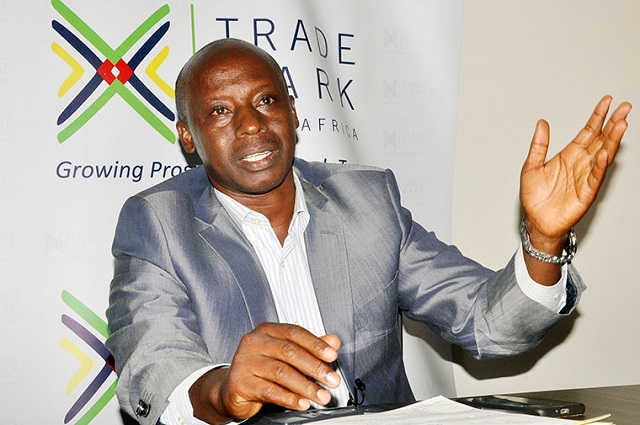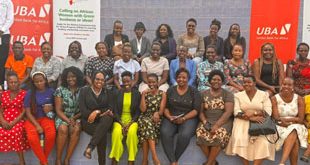
TMEA hopes to raise $100m within the next five years to pay for the projects
Kampala, Uganda | AGENCIES | Construction of a new logistic hub in Gulu, northern Uganda, completion of a One Stop Border Post along the Uganda-Democratic Republic of Congo (DRC) frontier, improvements at Entebbe International Airport and decentralisation of standards laboratories across the country are TradeMark East Africa’s (TMEA) priority projects between now and 2023.
“When you look at the clearing system at Entebbe Airport and compare it with the other airports, Uganda is still lagging behind. We are going to help in building an automated clearing system so that there are no delays in terms of time and money spent at the airport by traders,” TMEA Country Director for Uganda, Moses Sabiiti, said during a news conference recently.
Set up in 2010, TMEA is an East African not-for Profit Company limited by guarantee to support the growth of trade – both regional and international.
It is focused on ensuring gains from trade resulting in tangible gains for East Africans. It is also the main channel for major foreign donors to support regional integration through increased cross-border trade.
Sabiiti said work on the Gulu facility is already underway in terms of designs and plans are that upon completion it will become a major clearing spot for exports with the capacity to handle 500,000 containers.
“Trucks have been bringing goods in Uganda and going back to Sudan empty because there was no gazetted spot for clearance of returning trucks. This facility will allow major agents to clear goods for export. This will improve on Uganda’s exports as well as provide job opportunities in northern Uganda,” Sabiiti said.
“Our aspiration is $100million for this second phase ending 2023. We already have $25million, but expect more especially from DANIDA (Danish International Aid Agency). TMEA Uganda has performed best in the first phase and we expect more support for the government of Uganda.”
“The first phase of our development projects which ended last year has been successful with major achievements that have seen a turnaround in how Uganda as a country is competing on the regional and global market. These new projects are also aimed at dealing with other bottlenecks that are challenging traders like standards, delays in processing documents and the cost of doing business.”
TMEA aims to deliver further reductions on time and costs of doing business in Uganda. It hopes to achieve this through support to Information and Communication Technology for trade, enhancing coordination among trade agencies and up scaling successful interventions such as Electronic Cargo Tracking Systems and Authorised Economic Operators to the regional level.
In addition, it will encourage export-led growth by supporting the production of higher value added tradable products, supporting private sector advocacy focusing on standards, quality and market access for high potential products to increase export capability of Uganda.
To complement this, the programme will facilitate reforms in technology, skills and data within the logistics sector to enable agile, lean and efficient supply chains.
In an interview with The Independent on the sidelines of the launch of the Busia One Stop Border Post on Feb.24, Frank Matsaerk, the chief executive officer for TradeMark East Africa said, their [TMEA’s] investments are good news for the region.
He said they aim at increasing trade volumes, create jobs and grow the economies. He said his next strategy led by the East African Community is to look at the other external borders to facilitate trade with other EAC neighbors.
“Goods and people move across borders at borders,” he said, adding “…if you can unlock and reduce the cost of trade you can really unleash local trade and achieve development targets.”
 The Independent Uganda: You get the Truth we Pay the Price
The Independent Uganda: You get the Truth we Pay the Price


